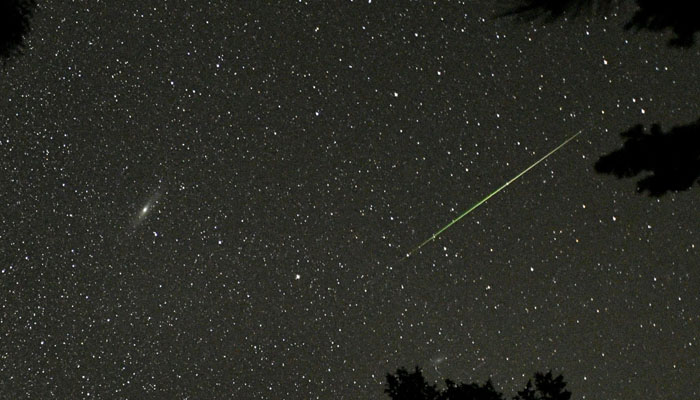Perseid meteor shower peak expected this weekend
The Perseid meteor shower will shine in the sky, as Earth travels through comet “Swift-Tuttle”
August 11, 2023

The Perseid meteor shower is set to peak through Earth’s skies this weekend. Originating from the constellation pathway of Perseus, the meteor shower is expected to take place on either 12 August or 13 August this weekend.
A meteor shower happens when Earth passes through the path of a comet. When this happens, the bits of comet debris, most no larger than a grain of sand, create streaks of light in the night sky as they burn up in Earth's atmosphere. Bits of debris that enter Earth's atmosphere are called meteors.
The Perseid meteor shower is a yearly highlight for meteor and shooting star lovers. With the right observation equipment, as many as 100 fireballs and light trails could be seen, as the shower peaks.
For skywatchers based in New York City, the radiant point of the Perseids is circumpolar, which means it is always overhead, meaning the meteor shower is visible all night after the sun has set and the sky has darkened.
The best time to see the Perseid meteor shower is when the radiant in Perseus is above the horizon.
In the presence of suitable weather, the skywatchers will be able to see as many as 141 meteors per hour, as the Earth continues to pass through the Perseid’s comet known as ‘’Swift-Tutle’’.
Comet Swift–Tuttle orbits the sun at a speed of 93,600 miles per hour. Despite traveling at speeds 60 times greater than the top speed of a jet fighter here on Earth, Comet Swift–Tuttle still takes a leisurely 133 Earth years to fully orbit the sun.
When the comet gets close to the sun, radiation from our star heats it causing solid ice to transform immediately into gas, a process called sublimation. As this gas escapes the comet, it blows away fragments of ice, dust, and rock. This is left around the sun as clouds of gritty debris, which flatten out, creating a stream of cometary material around the sun.
As Earth takes its own yearly trip around the sun, every summer between July and August it passes through this debris stream. As it does, fragments of ice and dust enter Earth's atmosphere at speeds as great as 130,000 miles per hour.
A free online live stream will start on Saturday, which can be viewed on the Virtual Telescope Project’s Web TV page and Youtube channel. The live stream will be telecasted from the skies of Italy.









